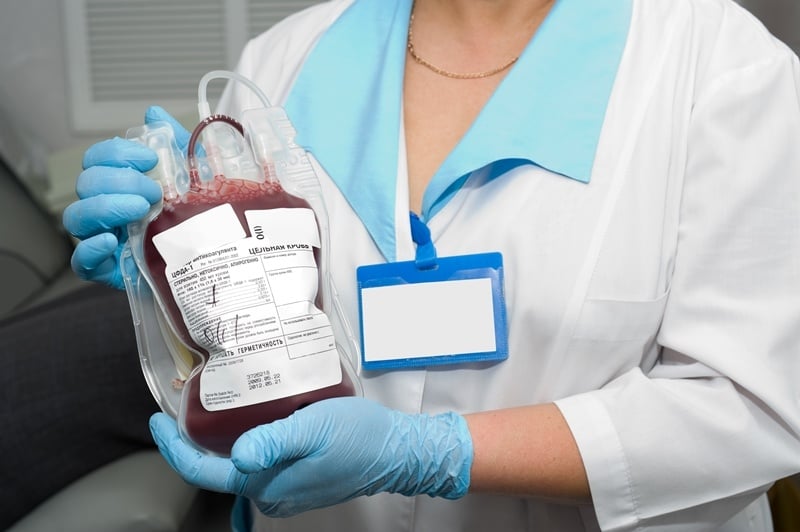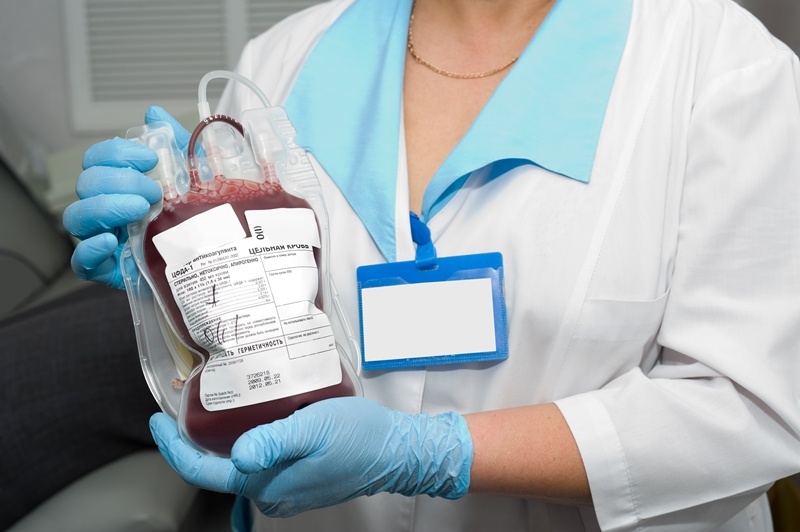
Autism Spectrum Disorder (ASD) is a very common developmental disorder that affects about 1 in 59 children in developed countries. People with autism struggle to communicate and interact with others. They also suffer from learning disabilities, anxiety, and compulsive behaviour.
Currently, there is no cure for autism. However, researchers around the world have been working on a cure using cord blood stem cells. They have made excellent progress with some studies showing a remarkable reduction of autism symptoms in patients who receive cord blood stem cells. This article will share the results of some recent stem cell trials.
Understanding autism
Finding a cure for autism has been difficult because the precise cause of autism is still unknown. Researchers believe that it may be caused by a combination of genetic and environment factors including:
- Certain genes passed down by a parent
- Advanced parent age
- Pregnancy complications including premature birth and low birth weight
- Pregnancies that are spaced less than a year apart
The factors that cause autism affect the brain’s development by changing how brain nerve cells communicate with one another. Some severe cases of autism can change how entire regions of the brain communicate with other parts of the brain.
Autism symptoms usually become noticeable in a child by the time they are 24 months of age. A young child with autism won’t be able to communicate well, will avoid eye contact, won’t smile, and won’t use gestures to communicate.
Using cord blood stem cells to treat autism
Researchers first discovered transplantable stem cells in umbilical cord blood in 1985. They soon found out that the stem cells contained in cord blood could be used to treat many types of illnesses, including cancer, immune system disorders, and blood disorders. As research continued, they discovered that the incredible regenerative properties of cord blood stem cells could be used to repair nerve cells in the brain and reduce inflammation. This led them to consider the possibility that cord blood stem cells could treat developmental disorders like autism.
One of the first cord blood stem cell transplants to treat autism occurred in 2009. An 8-year-old boy named Kenneth Kelley received a transplant in Panama with the hopes that it would reduce his autism symptoms. He received multiple treatments over the next few years. His symptoms eased significantly and he began to communicate with his parents for the first time. This early stage success served as an inspiration for researchers and the parents of autistic children. Over the next few years, a number of one off treatments and small scale trials were performed.
The first FDA-approved trial using cord blood stem cells to treat autism began in 2015. It was performed by the Sutter Neuroscience Institute in the United States. This research project looked at the possibility that children with autism had dysfunctional immune systems that damaged their nervous system — causing their autism symptoms to persist. The researchers believed that cord blood stem cells could regulate the immune system and help the nervous system heal.
It was a placebo-controlled trial involving 30 children between the ages of two and seven. Results of the study were published earlier this year. The researchers found that the treatment was safe and tolerable. They also found that the test subjects had improved communication and socialisation skills shortly after receiving the cord blood stem cell transplant.
Another FDA-approved phase-I clinical trial was launched in 2015. It was performed by Duke University in the United States. It used a test group of twenty children ranging from 24 to 72 months in age. This trial was designed to test the safety and efficacy of a single intravenous infusion of autologous umbilical cord blood stem cells.
The results of this trial were published in March of 2018. The researchers found that the treatment was safe. They also discovered a significant improvement in the socialisation and communication skills of participants. Duke University is also running a larger USD $41 million 5-year study, which will test the effectiveness of cord blood stem cells for a variety of brain disorders and injuries, including autism. This larger study will be completed in 2020.
Gracie Gregory was one of the participants in the 2015 Duke University study. Her story was featured on CNN in 2017. Gracie experienced a dramatic change in the severity of her symptoms. She went from throwing tantrums regularly to communicating with her siblings and parents.
The findings from the research that has been performed so far are very positive. Stay tuned for more information on upcoming stem cell research projects for autism.
Sources
- Centers for Disease Control and Prevention. (2018). Data and Statistics | Autism Spectrum Disorder (ASD) | NCBDDD | CDC. [online] Available at: https://www.cdc.gov/ncbddd/autism/data.html [Accessed 21 Mar. 2018].
- Autism Speaks. (2018). Learn the signs of autism. [online] Available at: https://www.autismspeaks.org/what-autism/from-first-concern-to-action/learn-signs [Accessed 22 Mar. 2018].
- East, C. (2018). Update on Glenburn Boy Who Underwent Stem Cell Therapy for Autism. [online] Blog.medcells.ae. Available at: http://blog.medcells.ae/blog/update-on-glenburn-boy-who-underwent-stem-cell-therapy-for-autism [Accessed 22 Mar. 2018].
- Health, S. (2018). Cord Blood Stem Cell Study Shows Promise for Autism. [online] Prnewswire.com. Available at: https://www.prnewswire.com/news-releases/cord-blood-stem-cell-study-shows-promise-for-autism-300595157.html [Accessed 22 Mar. 2018].
- Clinicaltrials.gov,. (2015). Autologous Umbilical Cord Blood Infusion for Children With Autism Spectrum Disorder (ASD) – Full Text View – ClinicalTrials.gov. Retrieved 21 October 2015, from https://clinicaltrials.gov/ct2/show/NCT02176317
- Dawson, G., Sun, J., Davlantis, K., Murias, M., Franz, L., Troy, J., Simmons, R., Sabatos-DeVito, M., Durham, R. and Kurtzberg, J. (2018). Autologous Cord Blood Infusions Are Safe and Feasible in Young
- Children with Autism Spectrum Disorder: Results of a Single-Center Phase I Open-Label Trial.
Story Wayne Drash and Dr. Sanjay Gupta, C. (2018). Stem cells offer hope for autism. [online] CNN. Available at: https://edition.cnn.com/2017/04/05/health/autism-cord-blood-stem-cells-duke-study/ [Accessed 22 Mar. 2018].
{{cta(‘016232ec-8637-45d3-9fe2-5912155530b9’)}}


